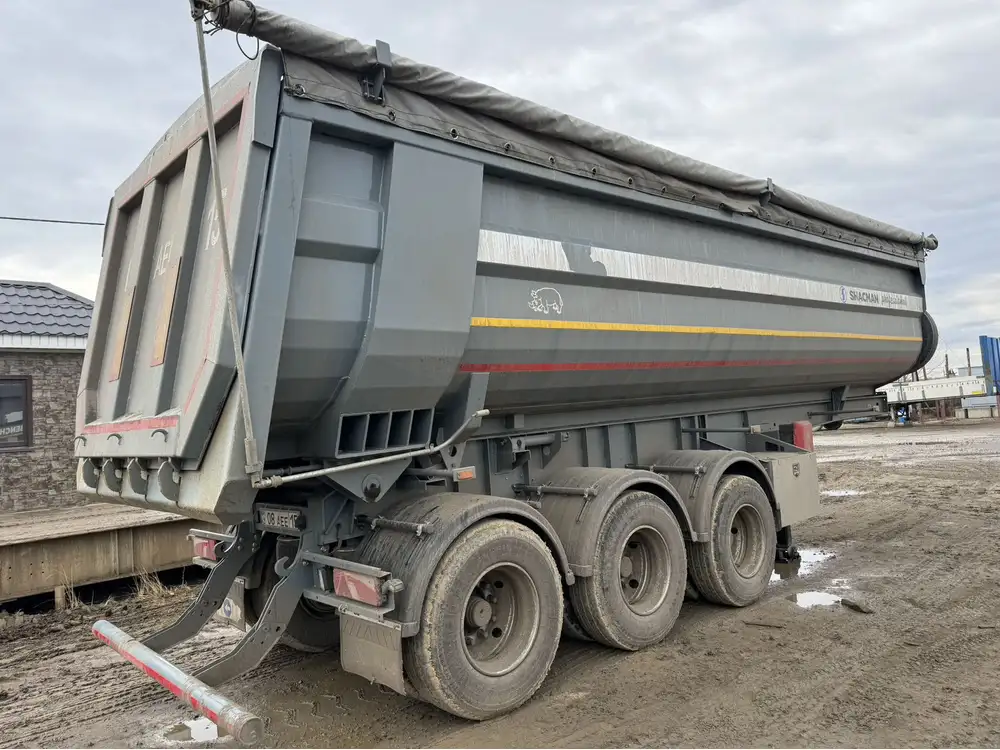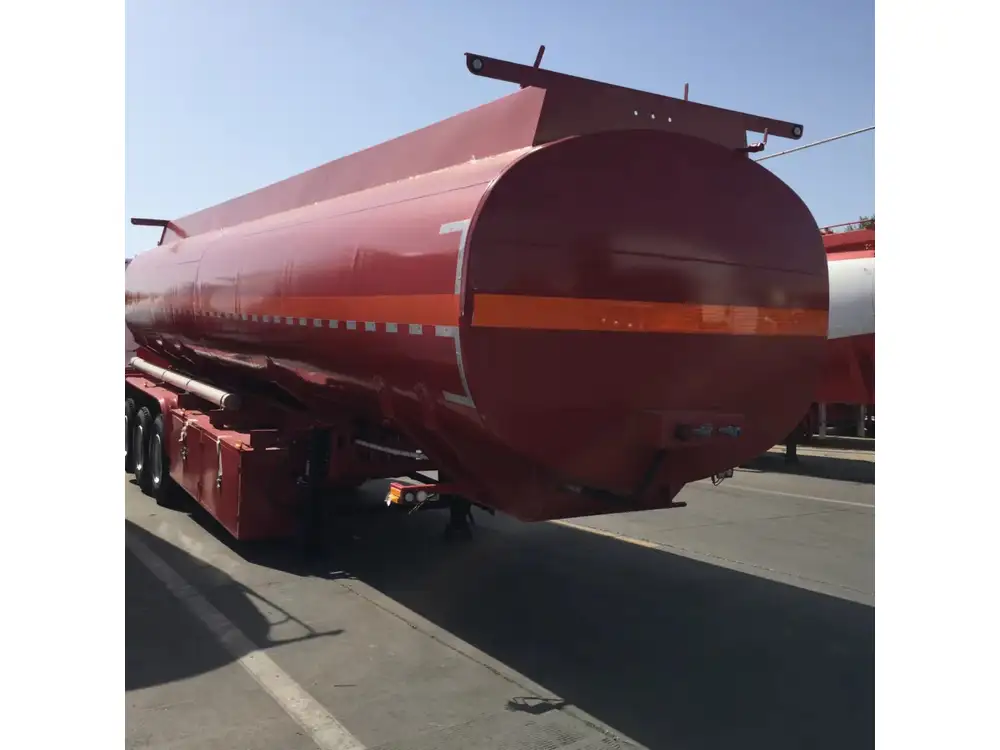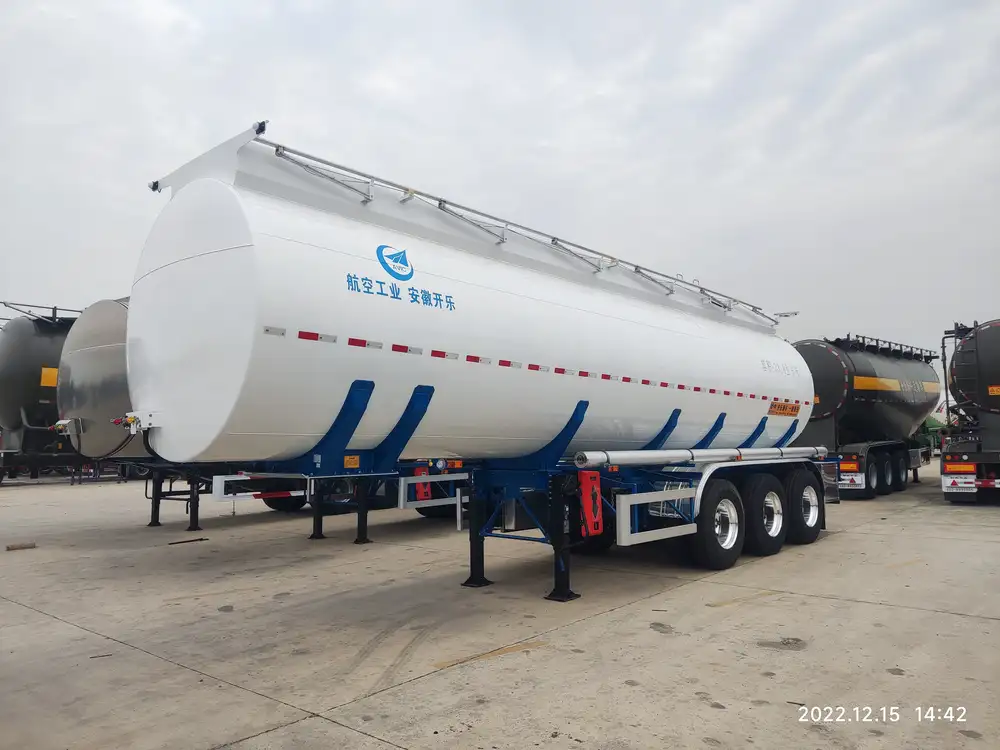When it comes to effective waste management at construction sites, camping areas, or outdoor festivals, having a reliable system in place is paramount. Connecting a trailer to a septic tank may sound complex, but with the right approach, it can be done efficiently and safely. Let’s delve into the intricacies of this process, offering you crucial insights for effective eradication of wastewater.
Understanding the Essentials of Septic Systems
The Functionality of a Septic Tank
A septic tank is an underground chamber made of concrete, fiberglass, or plastic, designed to treat wastewater from the household or temporary facilities. The basic operation includes the separation of solids and liquids, where solids settle at the bottom, forming sludge, while fats and oils float above, creating scum. Effluent is discharged into the drain field for further treatment.

Key Components:
| Component | Function |
|---|---|
| Inlet Pipe | Carries wastewater to the tank |
| Tank | Stores and treats wastewater |
| Outlet Pipe | Discharges effluent to the drain field |
| Drain Field | Absorbs and filters effluent |
Common Types of Septic Tanks
- Conventional Systems: Most standard tanks, utilizing gravity for wastewater movement.
- Aerobic Systems: Uses oxygen to promote bacterial treatment of waste, allowing for faster breakdown.
- Mound Systems: Elevated systems suited for areas with high groundwater levels.
Compliance and Regulations
Before initiating any connection of a trailer to a septic tank, confirm local regulations regarding waste disposal, permits, and health guidelines. Failure to comply can result in substantial fines or legal repercussions. Consulting with a local environmental agency can provide clarity on these regulations.

Preparing for the Connection
Equipment Checklist
To connect a trailer to a septic system, you’ll need various tools and materials at your disposal:
| Tool/Material | Description |
|---|---|
| Hose | A durable sewage transfer hose, typically at least 50 feet long |
| Adapter Fittings | To connect the hose to both the trailer and septic inlet |
| Sewage Pump | A pump may be required if gravity drainage isn’t feasible |
| Gloves | Protective gear to ensure hygiene |
| Shovel | Useful for digging if necessary |
Safety Precautions
Handling sewage poses inherent risks. Protect yourself by wearing:
- Gloves: Essential to avoid direct contact.
- Masks: Prevent inhalation of harmful fumes.
- Goggles: Protect your eyes from splashes.

Site Selection
Choose a suitable location near the septic tank but far enough to avoid potential contamination of the area or damage to the tank. Ensure that the terrain allows for the slope required for efficient drainage.
The Step-by-Step Process to Connect a Trailer to a Septic Tank
1. Preparing the Trailer
Ensure that the trailer has a waste storage tank that’s suited for sewage. Most RVs or portable restroom trailers come equipped with adequate tanks for waste storage. Empty the tank if it is not completely full.

2. Assessing the Septic System
Locate the septic tank’s inlet pipe. This is usually marked by a visible cover. Inspect the tank for any signs of blockage or excessive sludge buildup that might hinder flow.
3. Connecting the Hose
- Unroll the Hose: Lay the sewage transfer hose from the trailer’s waste outlet to the septic tank’s inlet pipe.
- Secure Connections: Use adapter fittings to securely connect the hose to both the trailer and the septic tank. It is crucial to avoid leaks since sewage can contain harmful bacteria.
4. Setting Up a Pump (If Necessary)
If the trailer is at a higher elevation compared to the septic tank, you may need to utilize a sewage pump:
- Position the Pump: Place it strategically to facilitate efficient wastewater movement.
- Connect Pump to Hose: Ensure a secure fit to avoid spillage.

5. Pumping Waste
- Disconnect the Trailer: Once everything is in place, turn on the pump or use gravity to empty the trailer’s tank into the septic system.
- Monitor Operation: Keep an eye on the flow to ensure everything is functioning smoothly.
6. Disconnection and Cleaning
- Close Valves: As soon as the trailer is emptied, make sure to close all valves and fittings securely.
- Clean Up: Wash out any exposed equipment used. Ensure that the area surrounding the septic tank is free from contamination.
Ongoing Maintenance and Considerations

Regular Inspections
Routine checks of your septic tank are essential for extending its lifespan:
- Tank Pumping: Every 3 to 5 years, depending on usage, the tank should be pumped.
- Drain Field Inspection: Watch for signs of over-saturation, which may indicate drainage issues.
Best Practices
- Avoid Chemical Drain Cleaners: These can kill beneficial bacteria needed for decomposition.
- Mind Your Water Use: Excessive water usage can overwhelm the system, leading to backups.
Waste Management Tips
| Tip | Description |
|---|---|
| Limit Solid Waste | Only dispose of human waste and toilet paper in the trailer. |
| Educate Users | Provide clear guidelines to trailer users about waste disposal. |
| Maintain a Schedule | Regularly monitor trailer waste levels and empty before they become full. |

Emergency Situations
In the case of clogs or overflows, immediate action is crucial. Here are steps to follow:
- Stop All Usage: Cease all sewage-related activities until the issue is resolved.
- Contact Professionals: Seek assistance from septic or plumbing experts to rectify problems efficiently.
Conclusion
Connecting a trailer to a septic tank is a critical task that demands awareness, preparation, and adherence to safety protocols. By following the outlined procedures, you can ensure a sustainable and hygienic waste management system that not only complies with regulations but also stands the test of time.
By understanding the function of septic systems, preparing appropriately, and using proper techniques, you can navigate the complexities of this procedure successfully. Always prioritize safety and regulatory compliance, and carry out regular maintenance to prolong the lifespan of your septic system. Wisely managing waste ensures that you contribute positively to environmental health while maintaining operational efficiency at your site.



